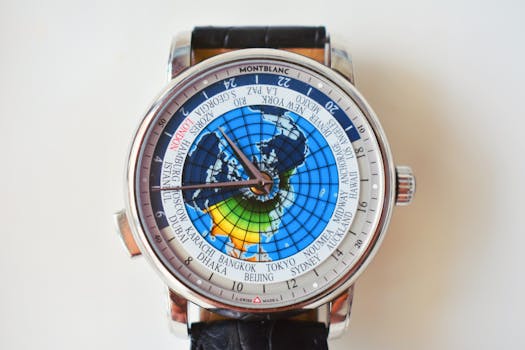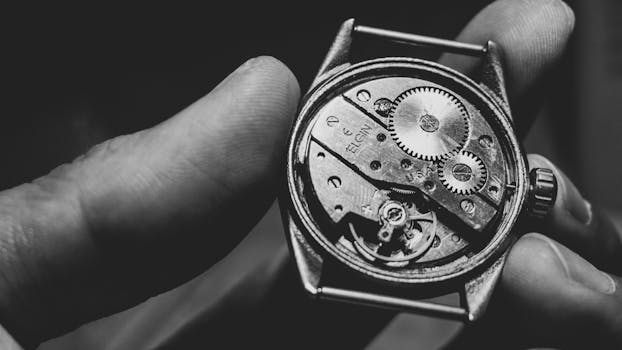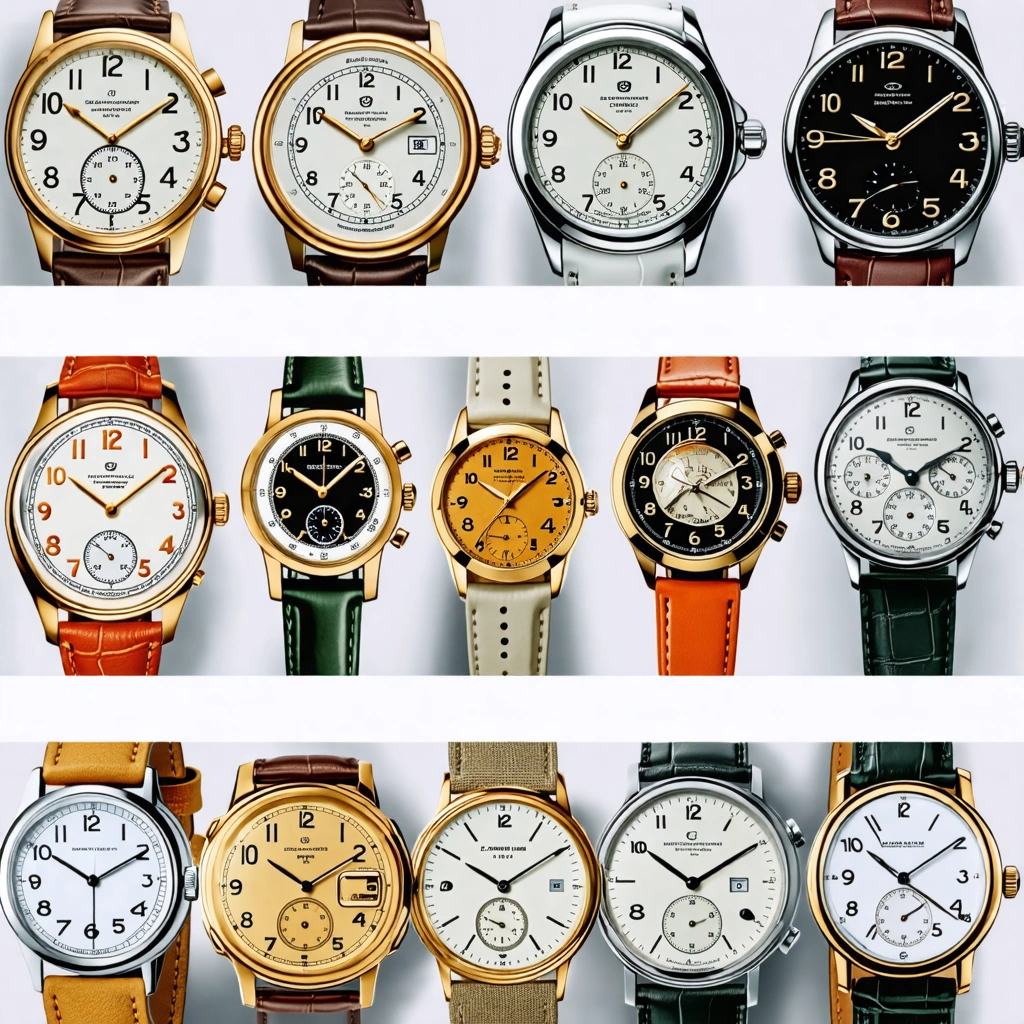
The Timeless Journey: The Evolution of Wristwatches Through the Decades
Takeaways: Wristwatches have transformed remarkably from simple time-telling devices to complex fashion statements and technological marvels. Each decade has contributed unique styles and innovations that reflect societal changes and advancements in technology.
Wristwatches have been an integral part of human history since their inception in the late 19th century. Initially, they were considered mere accessories for the wealthy. However, over the decades, they have evolved into essential tools for everyone, combining functionality with fashion. This article explores the evolution of wristwatches through the decades, highlighting key trends, designs, and technological advancements.
The Birth of Wristwatches: 1860s-1900s
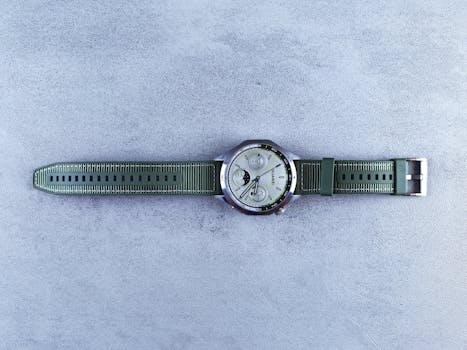
By the 1900s, wristwatches started gaining popularity among men, especially during the Boer War when soldiers found it easier to check the time on their wrists rather than fumbling with pocket watches. Brands like Omega and Longines began to produce wristwatches, which were initially utilitarian but began to incorporate more decorative elements.
The Roaring Twenties and Thirties: 1920s-1930s

In the 1930s, the functionality of watches began to evolve. The introduction of waterproof watches, such as the Rolex Oyster in 1926, marked a significant advancement in watch technology. These innovations made wristwatches more durable and versatile, appealing to a broader audience.
The Mid-Century Revolution: 1940s-1960s

The 1960s also saw the rise of the dive watch, with models like the Rolex Submariner and the Seiko 6217 becoming popular among divers and adventurers. The aesthetic of watches changed as well, with more daring designs emerging, reflecting the cultural shifts of the time.
The Quartz Crisis: 1970s-1980s
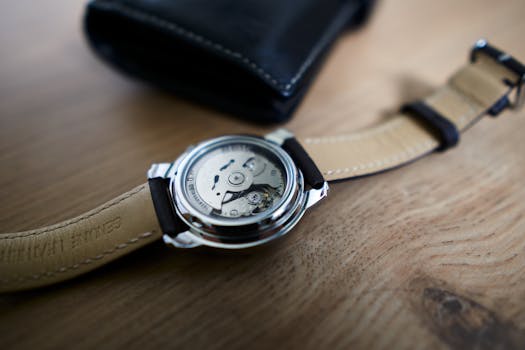
However, the 1980s witnessed a resurgence of mechanical watches, with brands like Rolex and Patek Philippe once again capturing the luxury market. The appeal of craftsmanship and tradition began to outweigh the allure of quartz technology for many collectors.
The Digital Age: 1990s-2000s
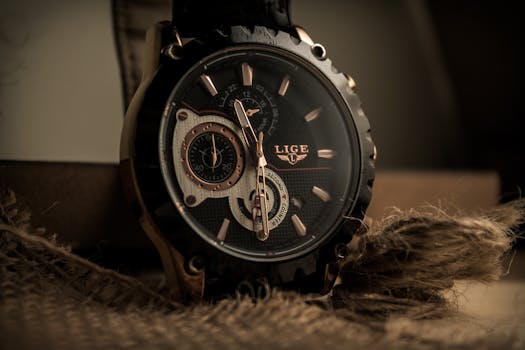
Brands like Apple and Samsung ventured into the smartwatch domain, combining technology with fashion. The idea of a wristwatch evolved from simply telling time to serving as a mini-computer, fitness tracker, and personal assistant.
The Modern Era: 2010s-Present
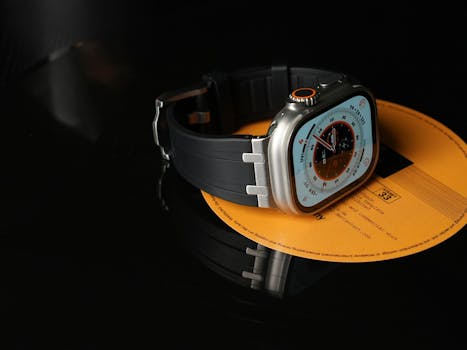
The future of wristwatches looks promising, with advancements in technology and a growing interest in vintage styles. Collectors and enthusiasts are celebrating historical pieces while also embracing the innovations of today. Whether it’s a classic mechanical watch or the latest smartwatch, wristwatches remain timeless accessories that reflect personal style and technological progress.
